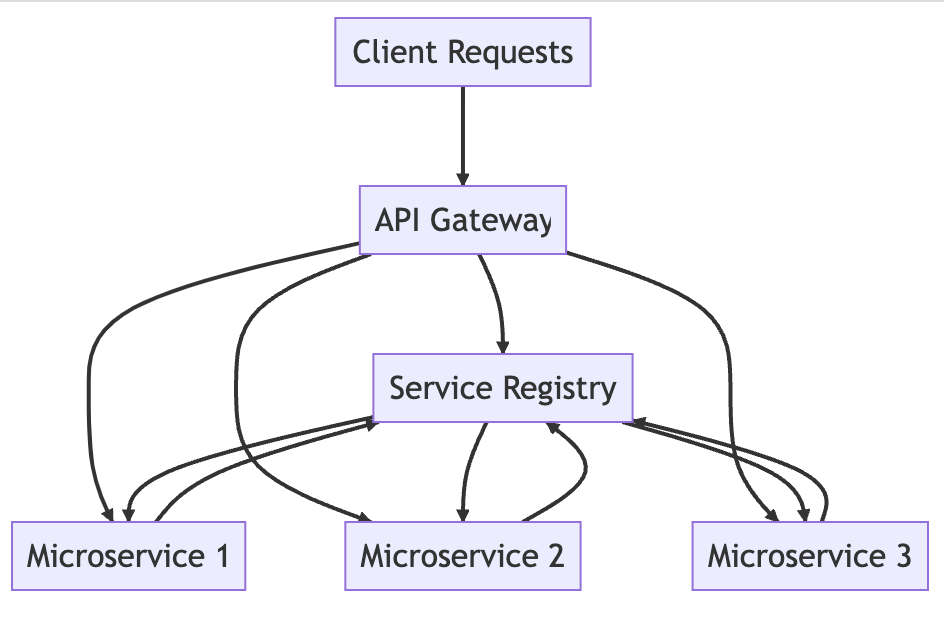Practical Microservices Interview Quiz
Are you ready to test your microservices knowledge and prepare for your next tech interview? Our Practical Microservices Interview Quiz is designed to help you assess your understanding of microservices architecture, from fundamental concepts to advanced implementations. This engaging and comprehensive quiz will not only challenge your knowledge but also provide you with valuable insights […]

